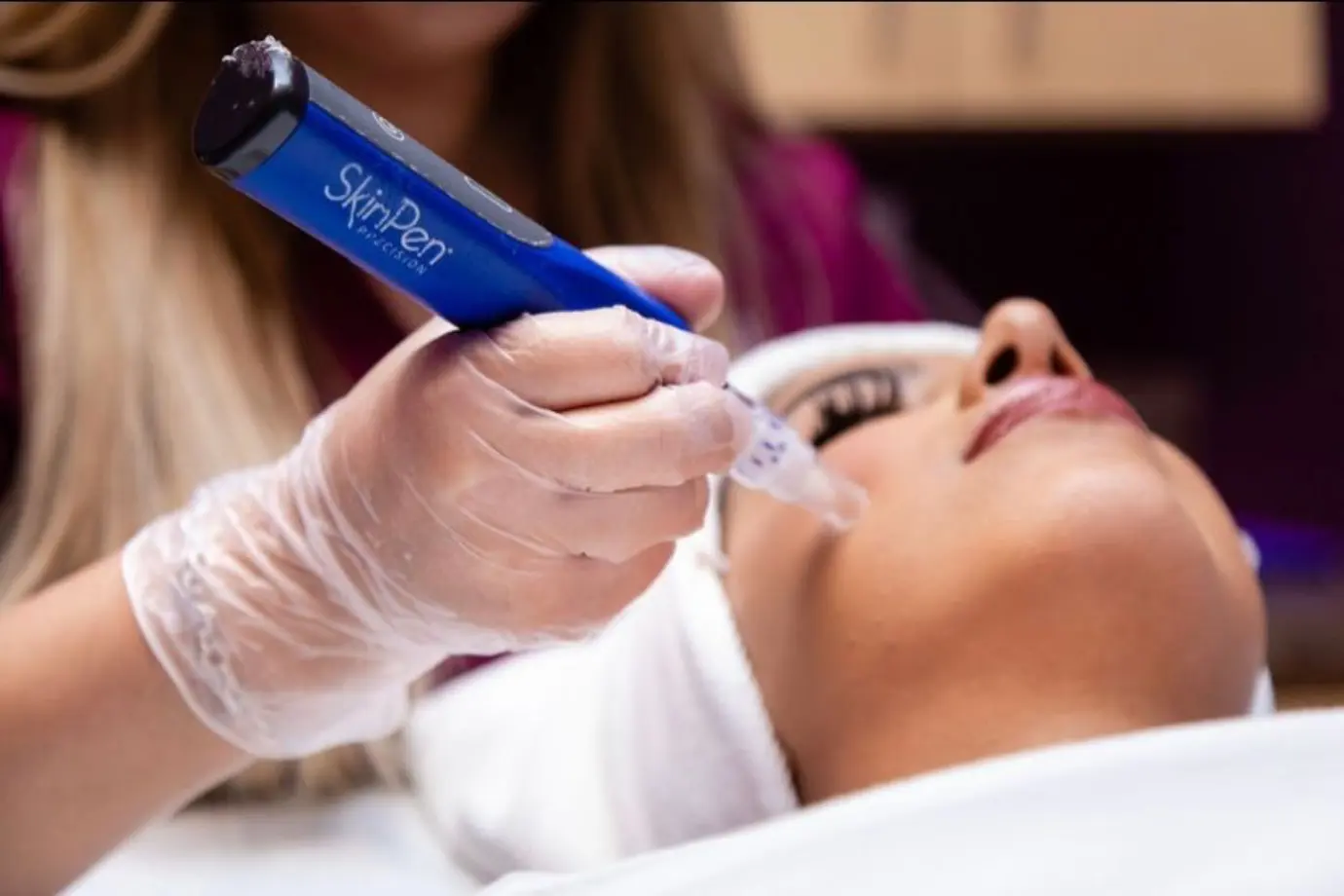
Real People. Natural Results
Discover how our non-surgical treatments can transform your look with subtle, natural-looking results. No surgery. No downtime.


At A Glance
Things you need to know
- Best Results: 4+ Treatments
- Results Duration: Long Lasting
- Treatment Cost: £150
- Procedure Time: 10 Minutes
- Back to Work: Immediately
- Pain: Mild / Moderate
Why Dermamina?
We're proud of our team! We are dedicated to providing the highest quality services.
What is Acne Peel?
Our mission at Dermamina London is to help you feel confident in the way your skin looks and feel. At Dermamina we use EnerPeel® Salicylic Acid Skinpeels for our acne treatment London, which targets all visible symptoms and the unseen primary causes of acne, by diminishing oil production, destroying acne causing bacteria, and reducing inflammation.

We're here to support your unique journey with honest advice and personalised care every step of the way.
Frequently Asked Questions
Find answers to some of the questions we’re most often asked, and learn more about what to expect from your treatment.

How To Find us
Just a 4 minute walk from Harley Street.
Dermamina is based in the heart of London at 114 New Cavendish Street, just off Great Portland Street and Goodge Street.
We are accessible by 6 underground stations all within a 5-minute walk, including Oxford Circus underground station. We are just a 4-minute walk from Harley Street.
Save Face
You're in safe hands.
At Dermamina we have successfully attained the Save Face Accreditation, which signifies our consistent adherence to the highest industry standards. To earn this esteemed recognition, we underwent a rigorous evaluation conducted by an independent body.
Save Face is a register accredited by the Professional Standards Authority, holding official recognition from the Government, the Department of Health, and NHS England. This acknowledgment underscores our unwavering commitment to delivering exceptional quality services.

Trending Treatments
Discover our full range of treatments, designed to help you look and feel your best.












